Introduction
Abalone, a prized delicacy in global cuisine, is revered for its tender texture, briny flavor, and luxurious appeal. Often sold dried, this marine snail requires meticulous rehydration to unlock its full potential. Mastering the art of rehydrating dried abalone is crucial for home cooks and professional chefs alike, as improper techniques can result in a rubbery texture or diluted taste. This comprehensive guide explores the science behind rehydration, step-by-step methods, and expert advice to ensure your abalone achieves the perfect balance of tenderness and flavor.
Understanding Dried Abalone: Why Rehydration Matters
Dried abalone is a preservation method that concentrates its flavors while extending shelf life. The dehydration process removes moisture, leaving behind a dense, rock-hard shell that must be revived through careful rehydration. Unlike other dried seafood, abalone’s muscular foot contains collagen-rich connective tissue, which requires prolonged soaking and simmering to break down into a velvety texture. The quality of rehydration directly impacts the final dish’s success, whether it’s a braised abalone stew, stir-fry, or soup.
Step-by-Step Rehydration Guide
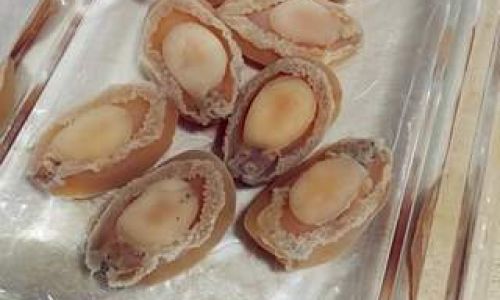
Initial Cleaning and Inspection
Before rehydration, gently scrub the dried abalone under cold running water to remove any sand or debris. Avoid using harsh brushes, as they may damage the surface. Inspect each piece for discoloration or off-odors, which could indicate spoilage or improper drying.
The First Soak: Cold Water Immersion
Place the cleaned abalone in a large, non-reactive container (glass or stainless steel) and cover with cold, filtered water. The water should be at least twice the volume of the abalone. Soak for 12–24 hours in the refrigerator, changing the water every 6–8 hours. This initial cold soak begins to rehydrate the outer layers while gradually loosening the collagen.
Simmering: The Key to Tenderness
After the initial soak, transfer the abalone and fresh water to a heavy-bottomed pot. Bring to a gentle simmer (not a rolling boil) over low heat. Simmer for 3–8 hours, depending on the abalone’s size and thickness. Add water as needed to keep the abalone submerged. This slow cooking breaks down tough fibers, transforming the texture from leathery to supple.
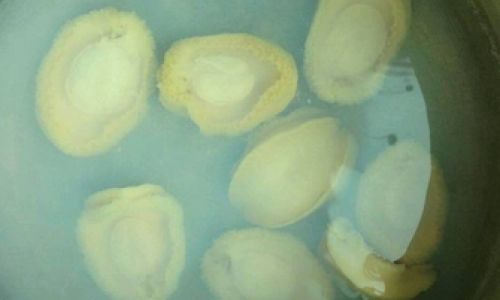
The Final Rest: Cooling and Absorption
Once tender, turn off the heat and allow the abalone to cool in the cooking liquid for 2–4 hours. This resting period lets the meat absorb residual moisture, enhancing its plumpness and flavor.
Expert Tips for Flawless Rehydration
- Water Temperature Control: Avoid hot water during the initial soak, as it can toughen the abalone’s exterior. Start cold, then transition to simmering.
- Weight Matters: Use a plate or small bowl to keep the abalone fully submerged during soaking and simmering.
- Water Changes: Frequent water changes during the cold soak remove impurities and prevent bitterness.
- Doneness Test: Insert a toothpick or skewer into the thickest part. It should glide through with minimal resistance.
- Quality Over Speed: Premium, larger abalone may require up to 72 hours of total rehydration. Patience is non-negotiable.
Common Mistakes to Avoid
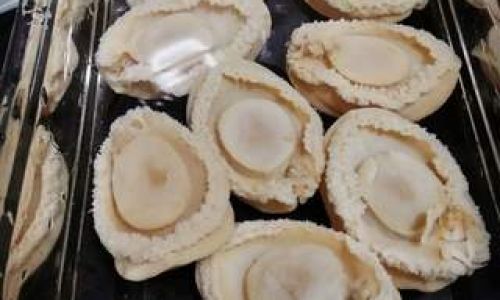
- Rushing the Process: Skipping the cold soak or reducing simmering time results in a chewy, uneven texture.
- Using Hot Water Too Soon: High heat too early sears the surface, trapping toughness inside.
- Neglecting Water Changes: Stagnant water during soaking leads to a fishy aftertaste.
- Overcooking: While rare, excessive simmering can turn abalone mushy. Monitor closely after the 3-hour mark.
Culinary Applications of Rehydrated Abalone
Once rehydrated, abalone becomes a versatile ingredient in high-end dishes:
- Braised Abalone with Oyster Sauce: Simmer rehydrated abalone in a rich broth of chicken stock, oyster sauce, ginger, and Shaoxing wine until glossy.
- Abalone Congee: Shred the meat and stir into rice porridge with ginger, scallions, and a drizzle of sesame oil.
- Stir-Fried Abalone with Vegetables: Slice thinly and toss with asparagus, mushrooms, and a light soy-based sauce.
- Abalone in Shark’s Fin Soup (Sustainable Version): Use as a substitute for shark’s fin in a velvety broth enhanced with ham and bamboo shoots.
Pairing Suggestions
Rehydrated abalone pairs beautifully with complementary flavors:
- Wine: Chenin Blanc or Chardonnay with moderate oak.
- Herbs: Ginger, cilantro, and chives.
- Aromatics: Garlic, shallots, and star anise.
- Textures: Contrast with crispy vegetables or silken tofu.
Advanced Techniques for Enthusiasts
For those seeking culinary excellence, consider these refinements:
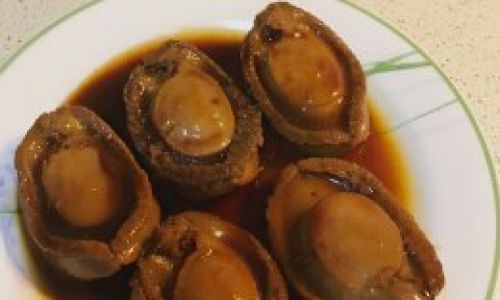
- Kombu-Infused Soaking Liquid: Add a strip of dried kelp to the cold soak for subtle umami depth.
- Chicken Broth Simmer: Replace water with unsalted chicken stock during simmering for richer flavor.
- Sous-Vide Finishing: After simmering, vacuum-seal the abalone with butter and herbs, then cook sous-vide at 60°C (140°F) for 2 hours.
Storage of Rehydrated Abalone
Leftover rehydrated abalone can be stored in its cooking liquid for 3–4 days in the refrigerator. For longer storage, freeze in airtight containers for up to 3 months. Thaw slowly in the refrigerator before use.
Conclusion
Rehydrating dried abalone is a labor of love that rewards patience and precision. By adhering to the cold-soak-simmer-rest method and avoiding common pitfalls, you can transform this humble dried delicacy into a culinary masterpiece. Whether featured in a celebratory banquet or a humble weeknight stir-fry, perfectly rehydrated abalone elevates any dish to gourmet status. Experiment with flavors, embrace the process, and savor the results—your taste buds will thank you.
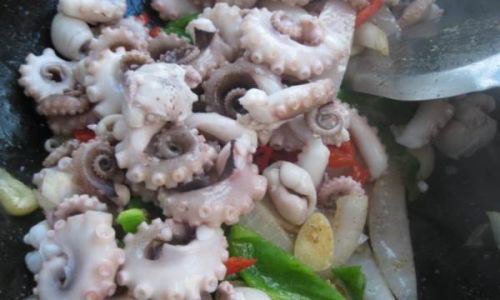
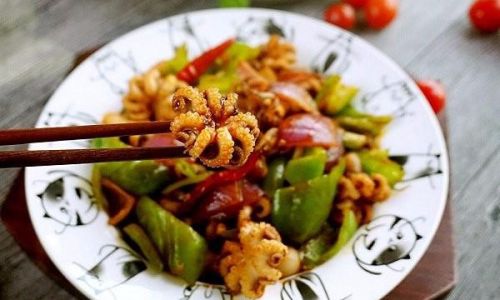
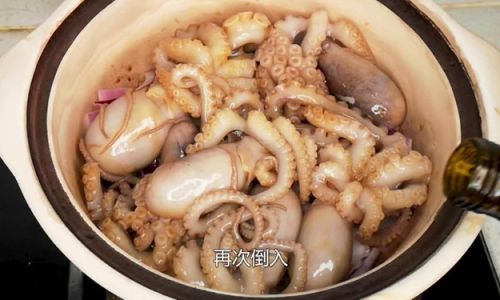
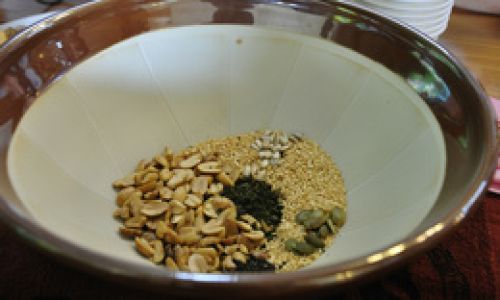
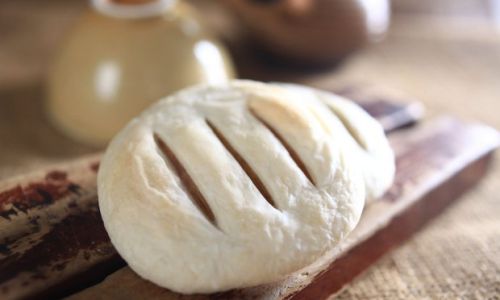
0 comments